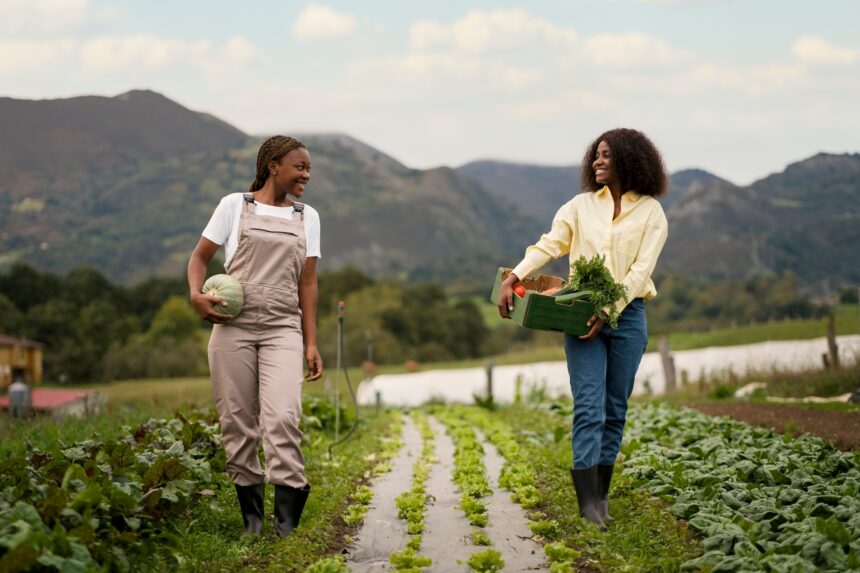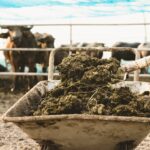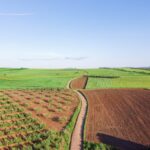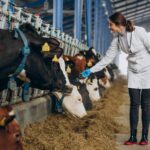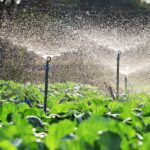When it comes to building a resilient and food-secure future, women are not just participants in agriculture—they are key drivers of sustainability. Across the globe, women contribute significantly to food production, land management, and community nutrition, yet their role is often overlooked or undervalued. As the world faces growing environmental and economic pressures, empowering women in agriculture is not just a matter of equity—it’s essential for long-term sustainability.
In many developing countries, women make up nearly half of the agricultural workforce. They plant crops, manage livestock, gather water, and care for the household—all while ensuring the next generation is nourished and educated. Despite their contributions, women frequently have limited access to land ownership, credit, technology, and education. This gender gap restricts productivity and limits the potential of agricultural systems to evolve sustainably. Research shows that if women had the same access to resources as men, farm yields could increase by up to 30%, significantly reducing hunger and poverty.
Women are often the stewards of traditional agricultural knowledge passed down through generations. This includes seed saving, organic composting, crop rotation, and water conservation techniques—all key components of sustainable farming. In regions hit hard by climate change, women are at the forefront of adaptation. They diversify crops to withstand erratic weather, cultivate indigenous plants that require less water, and use low-input methods that preserve soil health. Their hands-on experience with ecosystems makes them uniquely qualified to implement sustainable practices at the grassroots level.
Food security isn’t just about growing enough food—it’s about ensuring access, nutrition, and resilience. Women play a central role in household food decisions, from what crops to grow to how food is stored, cooked, and shared. When women have control over agricultural income, studies show they are more likely to invest in their family’s health and education. This creates a ripple effect: healthier children, stronger communities, and a more stable society.
Despite their critical role, women face systemic barriers that hinder their contributions. In many countries, legal and cultural barriers prevent women from owning or inheriting land. Women are less likely to receive agricultural loans or grants, limiting their ability to invest in improved farming techniques. Agricultural extension services often target men, leaving women with less access to new knowledge or innovations. Women frequently juggle farm work with domestic responsibilities, leading to long, exhausting workdays. Tackling these barriers requires targeted policies that prioritize gender inclusion in agriculture, from land reforms to female-led cooperatives and education programs.
Programs that empower women farmers have already shown impressive results. Female-led cooperatives are enhancing market access. Training programs tailored for women are improving productivity and sustainability. Mobile technology is giving rural women better access to weather updates, pricing, and farming advice. Involving women in agricultural policy-making, research, and leadership ensures that sustainability goals are grounded in the reality of those who work the land every day.
The future of sustainable agriculture depends on how we support and engage women. By closing the gender gap in farming, we unlock a powerful force for climate resilience, food security, and economic growth. One thing is clear: When women farmers thrive, the whole world reaps the harvest.
Join 'Farmers Mag' WhatsApp Channel
Get the latest Farming news and tips delivered straight to your WhatsApp
CLICK HERE TO JOIN
